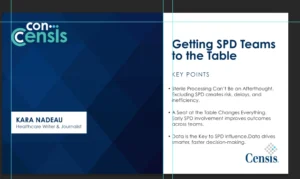A Domestic U.S. Mining & Rare Metals Supply Chain Still Lacks Industry & Political Support
The U.S. is in need of a domestic mining & rare metals supply chain. There’s a natural motivation around developing this kind of supply chain, as it’s smart production strategy to give U.S. companies more diversity in their sourcing & manufacturing partners. There’s also a national imperative to keep America’s supply chains resilient, one motivated by national security, economic stability, and geopolitical competitiveness. Is that gumption there from key players in both the mining industry and the halls of D.C. to make this industrial and logistical feat a reality?
The U.S. Department of Defense continues to seek collaboration with & investment in rare earth miners & manufacturers, aimed at expanding the U.S.’s domestic mining and rare metals supply chain by achieving a “mine-to-magnets supply chain.” With an unstable geopolitical stage, the importance of investing in a mining & rare metals supply chain becomes more acute, considering these highly valued magnets are key for U.S. military weapons systems.
With currently only one rare earth mine in North America, how should the industry begin approaching this challenge of creating a resilient “mine-to-magnet” supply chain? What would it take to establish more rare earth mining and production sites within the U.S.’ borders? Experts like Lewis Black, global tungsten mining & production executive, and Chairman of leading tungsten mining company Almonty Industries, believe it’s a question of public-private alignment and convincing investors that this project is more than a risky gamble.
“Investors are concerned about the political will behind this concept. I think the D-O-D is absolutely correct to look for diversification,” Black said.
Article written by Daniel Litwin.









